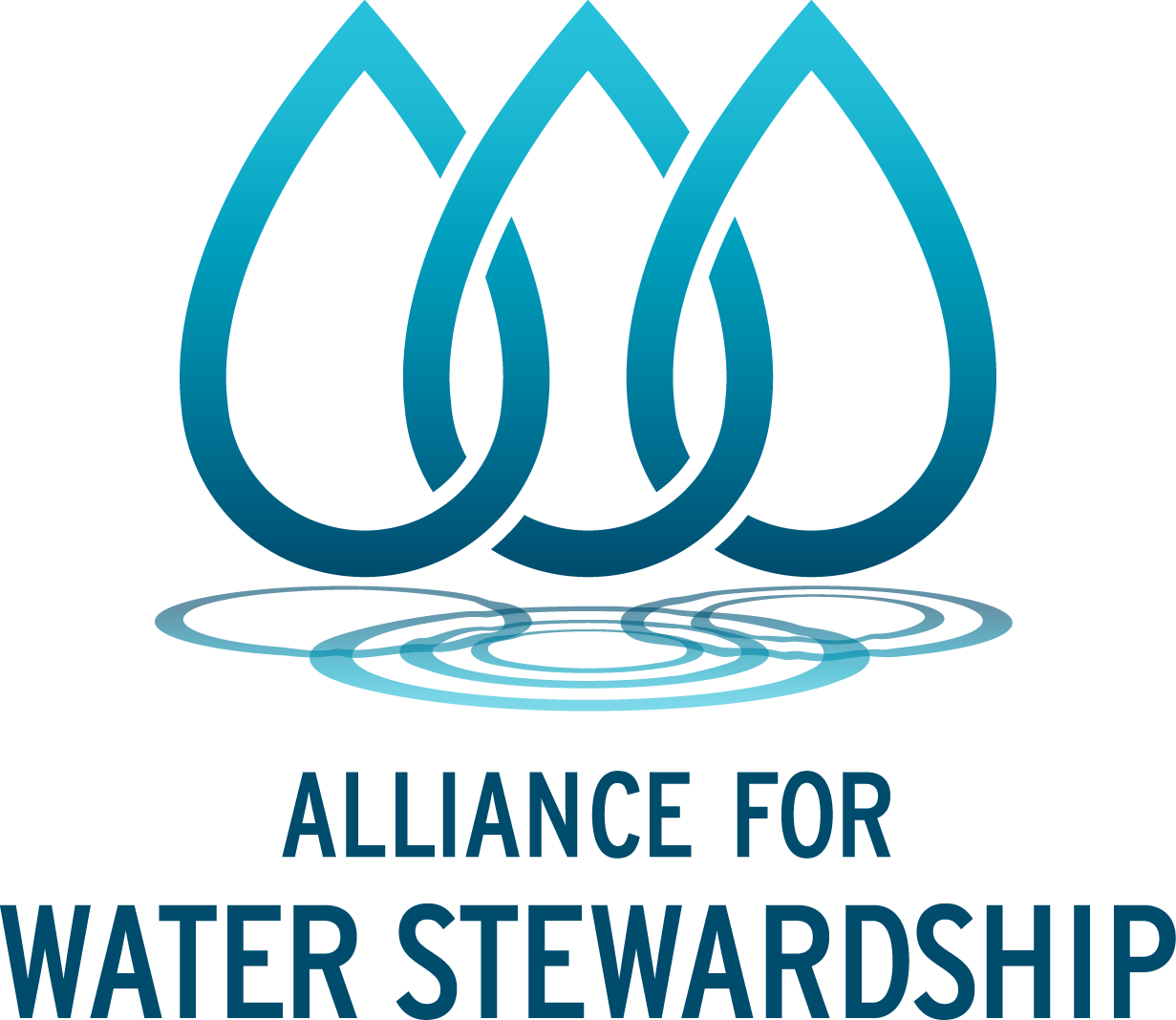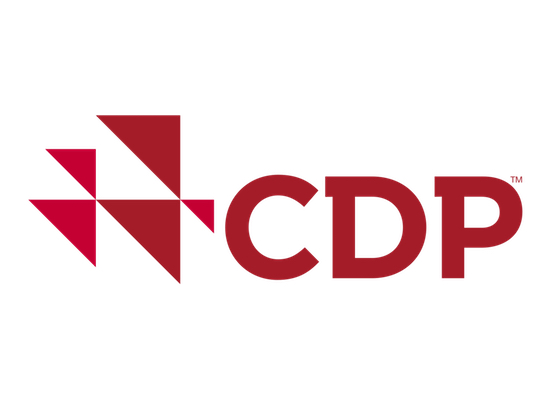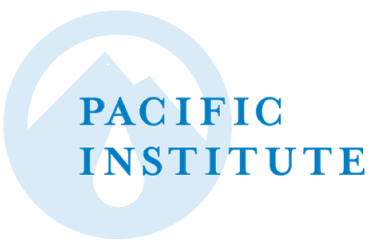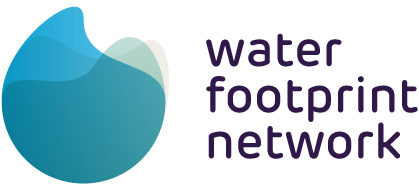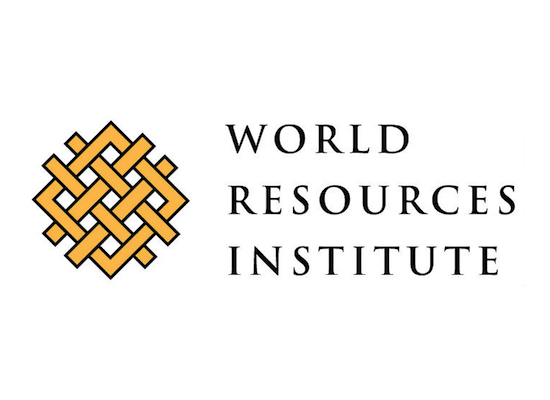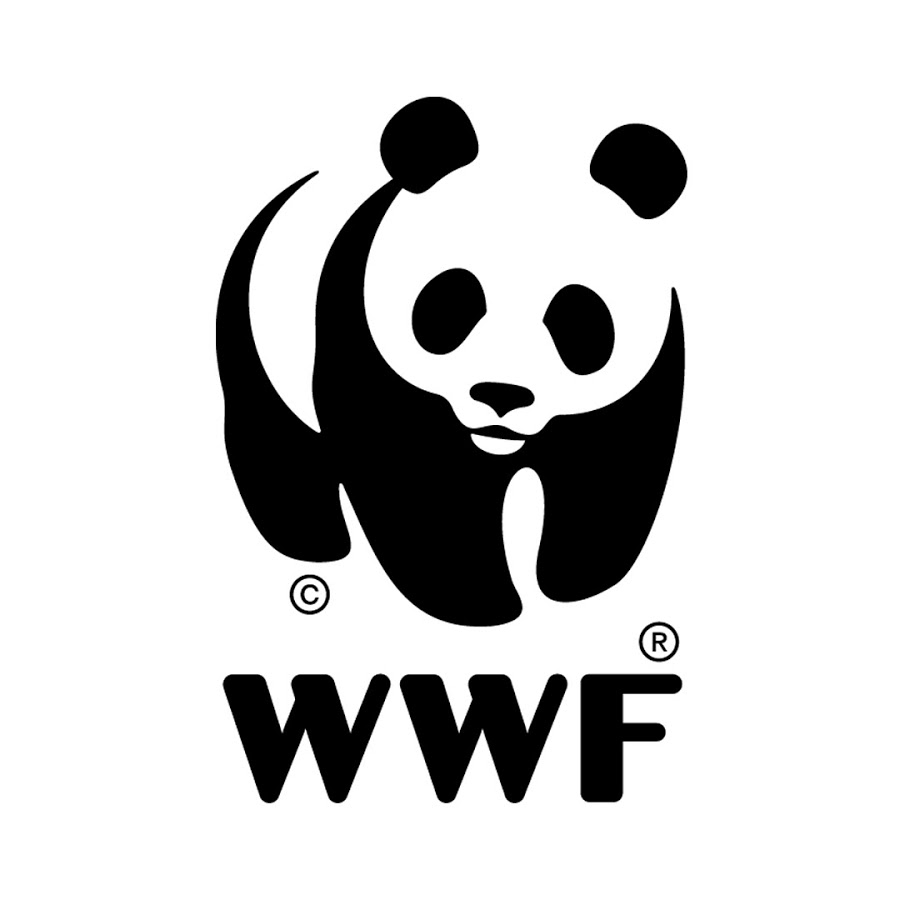As corporate water assessment tools and stewardship initiatives continue to emerge and their underlying approaches and methodologies evolve, there has been a proliferation of sometimes conflicting interpretations and uses of key water-related terms. This is especially true of terms used to indicate geographic locations where water-related challenges are more pronounced, namely “water scarcity”, “water stress”, and “water risk”.
Do “scarcity”, “stress”, and risk” refer to three distinct, useful concepts in the context of corporate water stewardship? What specifically is meant by each term? How do organizations conceive of them differently? How do these terms relate to one another? How can these terms be used in practice? For what purposes may these terms not be appropriate or useful? This discussion piece begins to answer these questions. The diagram below illustrates these terms and how they relate to one another.
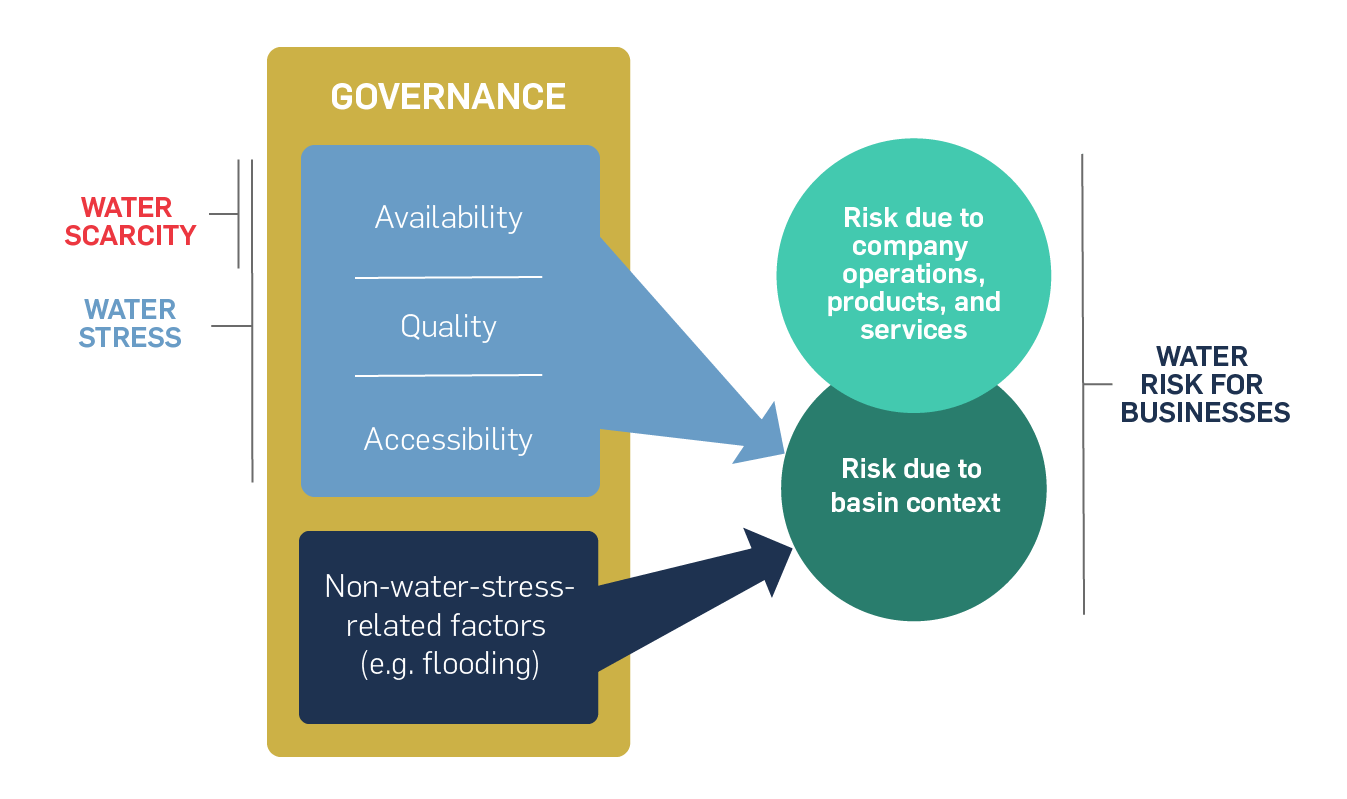
- Water scarcity – the volumetric abundance, or lack thereof, of freshwater resources
- Water stress – the ability, or lack thereof, to meet human and ecological demand for fresh water; compared to scarcity, “water stress” is a more inclusive and broader concept
- Water risk – the possibility of an entity experiencing a water-related challenge (e.g., water scarcity, water stress, flooding, infrastructure decay, drought)


